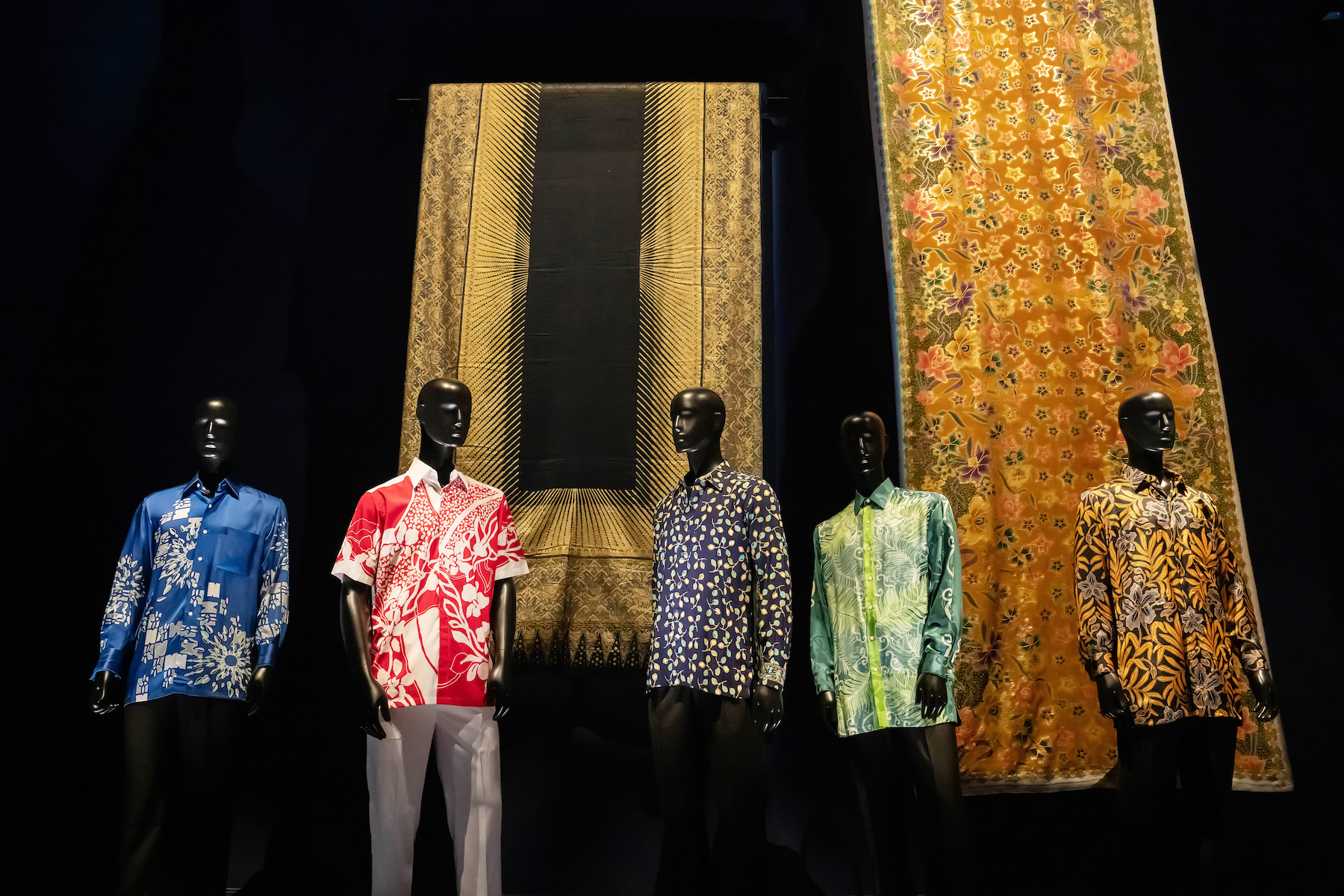Produced by SilverKris for Asian Civilisations Museum
The place in Singapore can you discover historical past fanatics, heritage followers and vogue lovers all below one roof? The Asian Civilisations Museum, in fact. Singapore’s nationwide museum of Asian antiquities and ornamental arts is internet hosting an expansive retrospective on batik. Batik Kita: Dressing in Port Cities explores the area’s longstanding relationship with this UNESCO-recognised craft. Guests can count on to marvel at greater than 100 items of batik, together with not often seen items from Singapore’s Nationwide Assortment.
Why is that this exhibition so important? As a result of batik is way over only a attractive textile craft. The wax-resist dying method is intertwined with the histories, identities and cultures of maritime Southeast Asia. Originating within the Javanese courts of the 1600s, batik has over the centuries crossed and recrossed the seas to Malaysia, Brunei, elements of Thailand and Singapore.
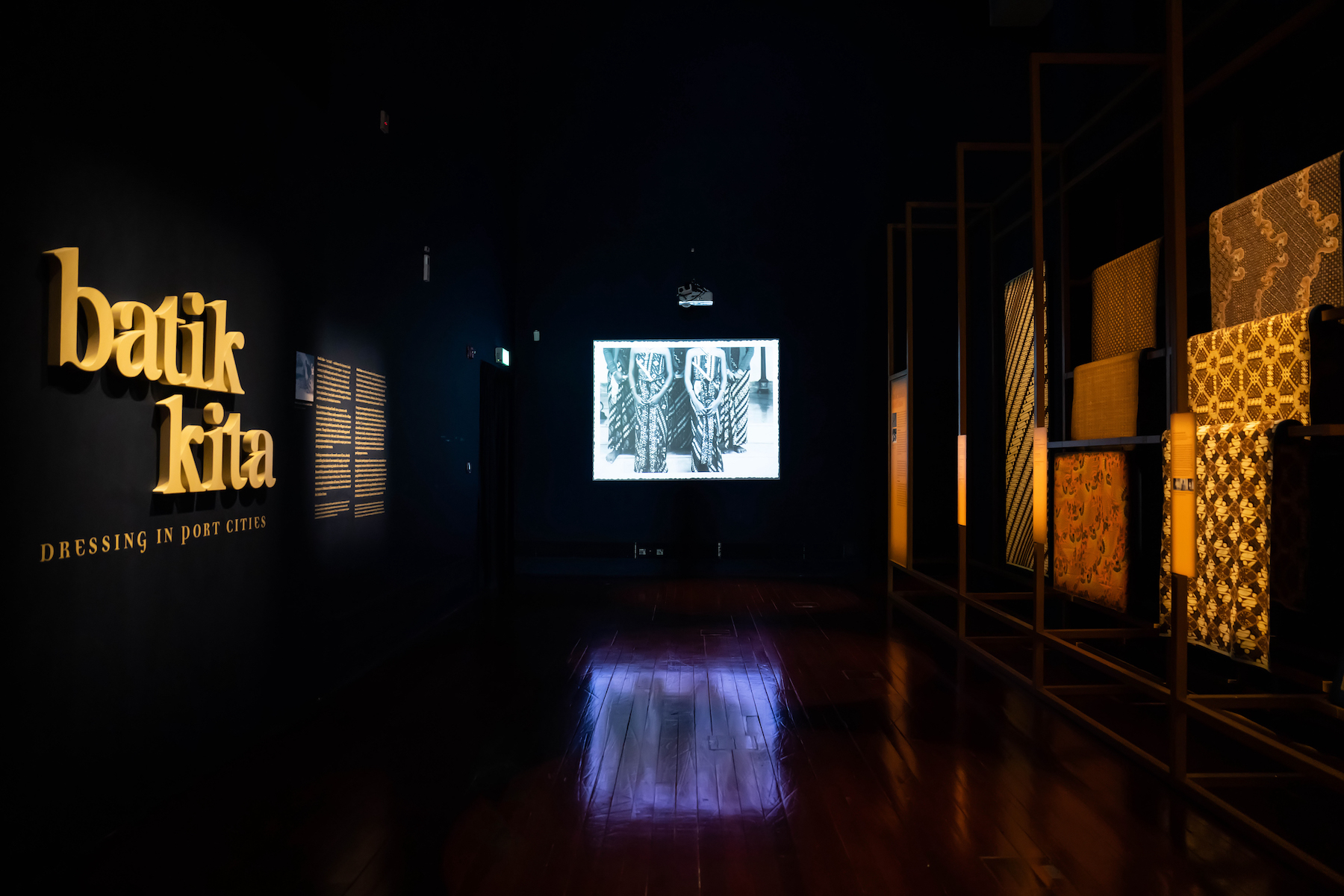
Singapore’s particular relationship with batik
And that’s not all. The exhibition additionally pays homage to the very particular position Singapore has performed within the unfold of batik throughout the area and the world. The first regional entrepot earlier than World Struggle 2, Singapore traditionally acquired thousands and thousands of rolls of batik that have been then exported to the remainder of the world. This relationship with batik has continued properly into the 21st-century, as an emblem of cultural identification throughout speedy modernisation, a diplomatic instrument and because the inspiration for modern vogue.
Batik Kita at Asian Civilisations Museum explores all this and extra by quite a lot of attractive reveals. From not often seen artefacts to modern vogue statements, the present gives visible delights for model professionals and history-lovers alike.
Batik in Singapore: A journey by the a long time
To hint the intertwined historical past of Singapore and batik, begin with the spectacular century-old dodot, an unmissable spotlight of the exhibition. A ceremonial waist fabric made in Yogyakarta and worn by Javanese sultans, the dodot includes a white lozenge-shaped tengah within the centre, symbolising the ruler’s religious purity and his significance throughout ceremonies.
However that’s not the dodot’s solely declare to fame. The piece was additionally one of many first to reach nearly a century in the past on the Raffles Library and Museum – its story tied up inextricably with one of many city-state’s earliest public establishments.
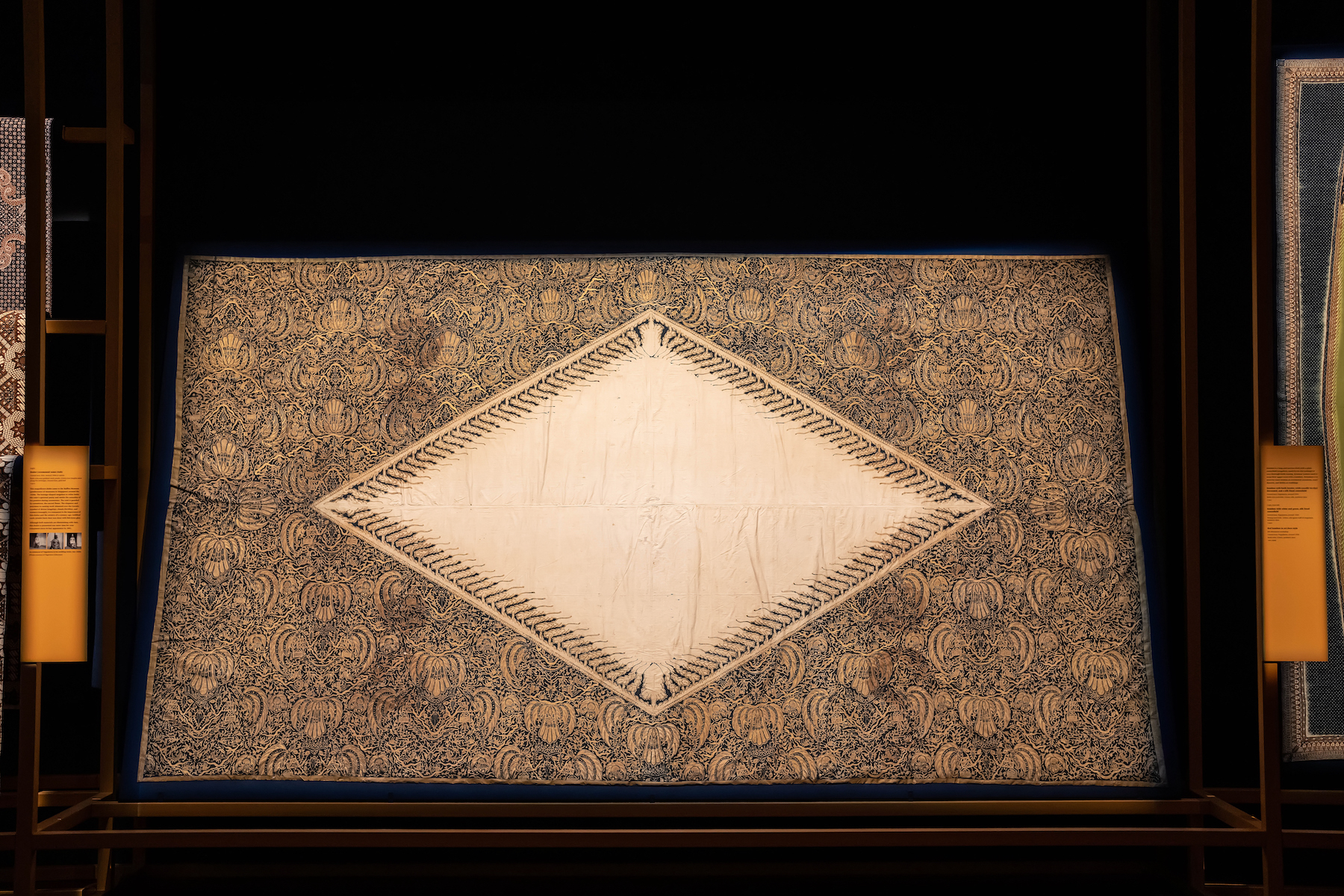
Batik within the office – and within the sky
From the dodot of the Nineteen Twenties, the exhibition traces the transformation of batik in current a long time. Many items on show are certain to evoke a way of nostalgia amongst native guests – with designs that have been presumably worn by their very own mother and father and grandparents.
Try the sarong kebaya go well with – a two piece garment constituted of the identical batik – by by Anthony Tan, Max Tan and Claire Leong from the College of Style Design on the Nanyang Academy of Wonderful Arts (NAFA). Representing a contemporary method to batik, the piece encapsulates the era of Singaporean girls who have been getting into the workforce within the ’60s and ’70s.
Explaining the importance of the piece, exhibition curator Lee Chor Lin says, “This was what many Singapore girls wore to work. The go well with gave them a way of workspace seriousness, as a enterprise go well with does, however underpinning it with a valuable identification assertion.”
After all, no exploration of batik and Singaporean identification can be full with out a celebration of the long-lasting Singapore Lady sarong kebaya. The exhibition pays due homage to the Singapore Airways uniform, designed by Pierre Balmain in 1966 and commissioned by the then–Malayan Airways. The enduring garment that has remained kind of unchanged over the a long time. “Balmain created an industrially printed cloth to simulate batik and reform the sarong kebaya kota baru silhouette,” Lee explains, referring to a method first popularized within the metropolis of Kota Bharu. “[This included] rounding the collar, trimming the sleeves and reinforcing the spirit of optimism of Nineteen Sixties. It was a really new technique to design a uniform for a nationwide service.”
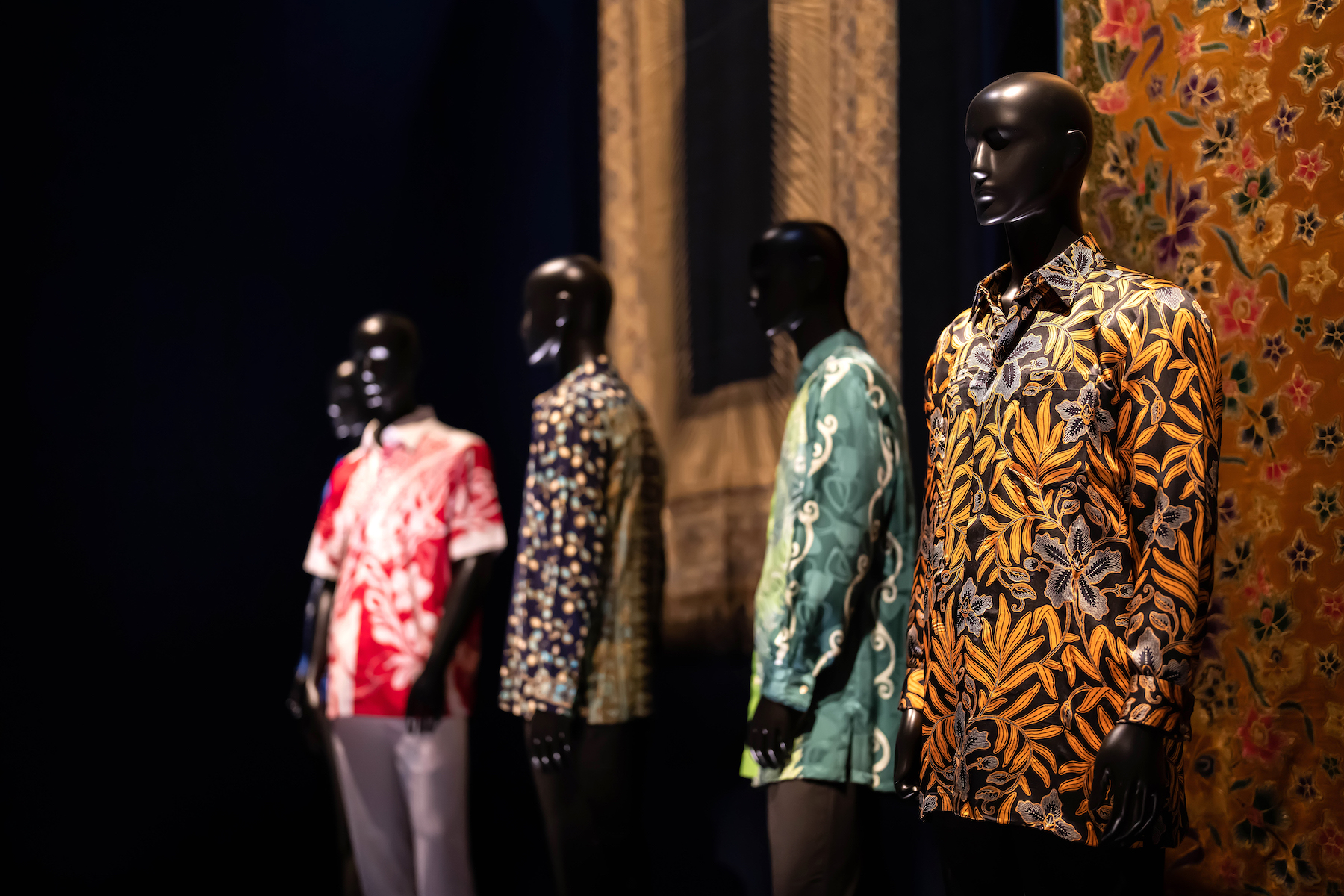
Batik in politics and vogue
From enterprise workplaces to nationwide carriers, batik has made its mark on the best echelons of worldwide politics. The Batik Kita exhibition options a number of batik clothes famously worn by political figures from Southeast Asia. Take, for example, the elegant silk batik shirt designed by famed Indonesian dressmaker Iwan Tirta. It was worn by Emeritus Senior Minister Goh Chok Tong on the 1994 APEC convention in Bogor, Indonesia, the place he was certainly one of many delegates to sport Irwan Tirta batik shirts.
Exhibition guests may also see the red-and-white quantity batiked by Singapore Cultural Medallion recipient Sarkasi Mentioned and worn by Prime Minister Lee Hsien Loong on the 2019 Nationwide Day Parade – a sartorial assertion that underscores the timelessness of batik. “Significantly in Southeast Asia, batik has advanced to develop into a mirrored image of identification and island-solidarity,” says Lee. “It has develop into a technique to carry collectively counterparts from the area, whether or not it’s in enterprise, politics, or leisure.”
Maybe probably the most placing items on show at Batik Kita are the modern outfits by at the moment’s Singaporean vogue labels. Baju by Oniatta and Tong Tong Friendship Retailer are two such names, introducing batik to shocking silhouettes that carry collectively multi-cultural sensibilities. The previous reinterprets the normal Malay and Javanese clothes and types with components of Japanese designs, whereas the latter employs batik for Chinese language silhouettes such because the cheongsam. Collectively, these outfits lovingly hint batik’s continued relevance in Singapore at the moment.
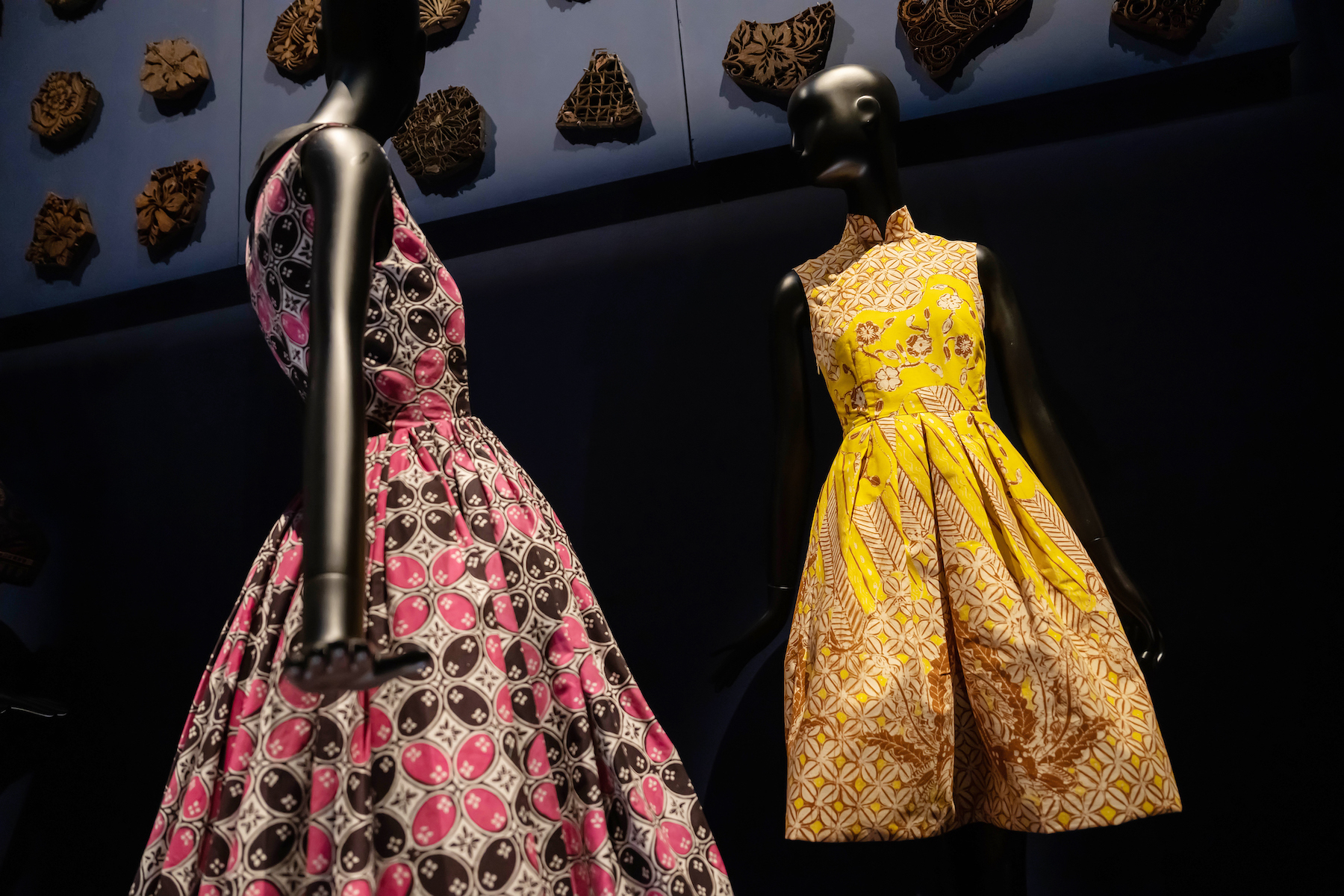
Arms-on batik actions at Asian Civilisations Museum
While you’re achieved exploring Singapore’s shut relationship with batik, strive an immersive exercise. Guests ought to go to The Batik Workshop at Degree 2 Lobby of the museum, the place they’ll admire numerous bodily instruments used to make batik, learn the way batik is patterned and dyed and actually have a go at designing a batik cap and These visiting the museum with kids – aged 7 and above – can hop onto the Batik Exercise Path, a family-friendly path that explores batik patterns and vogue. The path is offered in English or Malay, each on-line and onsite.
Batik Kita: Dressing in Port Cities runs till 2 October 2022 on the Asian Civilisations Museum, Singapore’s nationwide museum of Asian antiquities and ornamental arts. Nestled on the banks of the Singapore River, the Asian Civilisations Museum is the one museum in Asia that champions artwork by a pan-Asian lens. The museum has been extremely lauded for its excellent assortment of masterpieces and regular roster of ground-breaking particular exhibitions since its opening in 1997.
Asian Civilisations Museum is open each day from 10am to 7pm (to 9pm on Friday). Tickets start S$12 for Singaporeans and PRs. For extra info, please go to the official web site. All photos courtesy of Asian Civilisations Museum.

